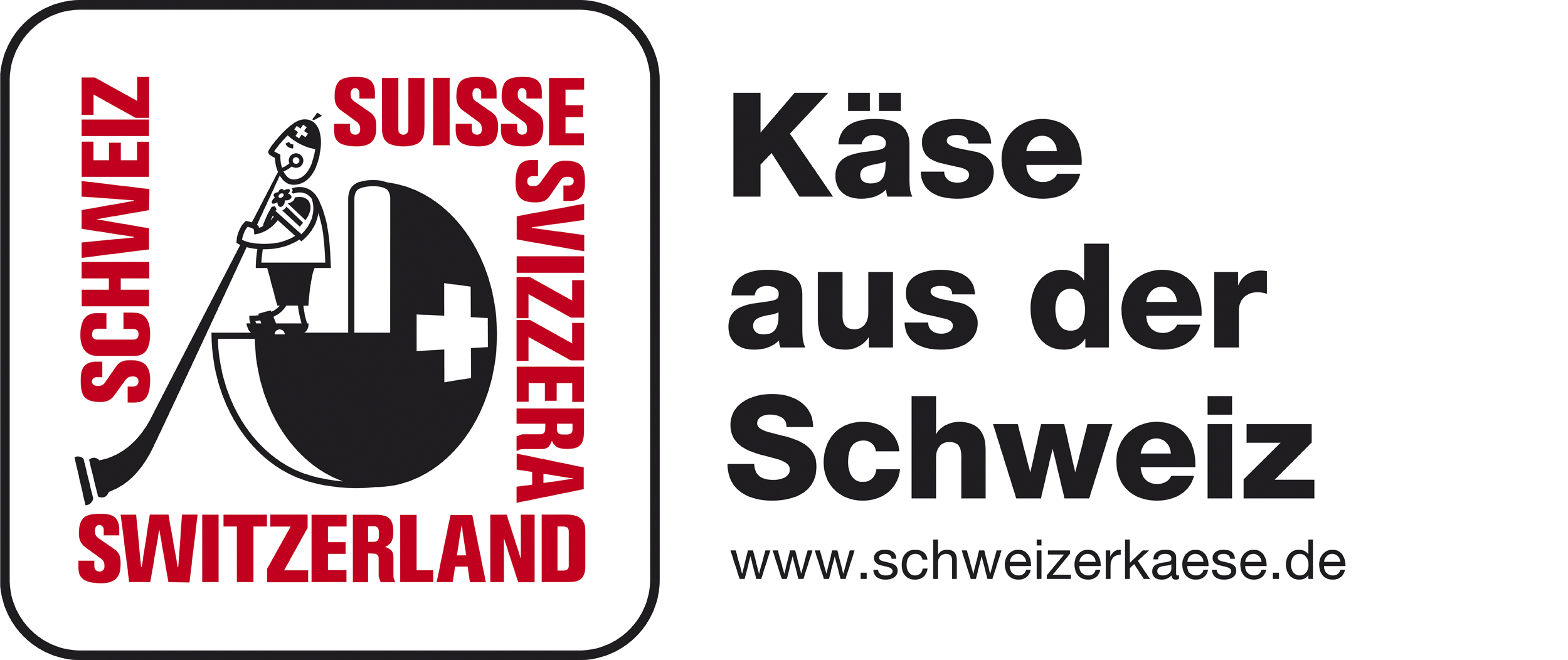11 facts about Swiss cheese
Intro
Switzerland is a cheese lover’s paradise. Cheese is part of Switzerland’s national heritage and is as much a feature of the country as clocks and chocolate. Each year, people in Switzerland consume at least 22kg of the dairy product per capita. Swiss cheese is also prized around the globe for its unique flavour, its indisputable quality and its authenticity. Join us as we tuck into 11 tasty facts about this popular dairy product.
Cheese is made from Swiss milk
Intro
Over 40% of Swiss milk is made into high-quality Swiss cheese. It takes around 10 litres of fresh milk to make 1kg of cheese.
Over 700 different varieties
Intro
More than 700 different varieties of cheese are produced in Switzerland. From mild to mature and from soft to extra hard, there’s something to tickle every palate. Although the range of different cheeses is huge, they have one thing in common: they are all made from Swiss milk. Swiss cheese can be categorised into different types: extra-hard cheese, hard cheese, semi-hard cheese, soft cheese, cream cheese, processed cheese and cheese spread.
Famous varieties
Intro
The best-known traditional Swiss cheese varieties are Emmentaler AOP, Le Gruyère AOP, Appenzeller®, Raclette Suisse®, Sbrinz AOP, Tête de Moine AOP and Tilsiter. AOP stands for “Appellation d’Origine Protégée”, or “Protected Designation of Origin”. Products bearing this distinction must be produced, processed and matured in a clearly defined region. Cheese carrying the AOP label must be made using milk from the same region as that in which it is made and matured to the desired strength.
100% natural
Intro
Swiss cheese is a natural product containing no artificial additives. Neither food additives nor genetically modified substances are used in the cheesemaking process, making Swiss cheese an ideal choice amid increased consumer demand for authentic products and a healthy diet.
Important nutrients
Intro
As well as being delicious, Swiss cheese provides a wide range of nutrients that our bodies need on a daily basis. Cheese is one of the richest sources of calcium and protein in our diets: it takes just 30g of hard cheese or 60g of soft cheese to provide around a third of the recommended daily amount of calcium for an adult. 30g of hard cheese also contains up to 36% of the recommended daily amount of protein. As well as being an excellent source of calcium and protein, cheese contains a high number of vitamins, in particular vitamins B2 and B12 and also phosphorous.
Lactose-free
Intro
Extra-hard cheese and hard cheese are lactose-free. Most lactose is removed with the whey during the cheesemaking process. The rest is then completely broken down when the cheese is matured. People with a lactose intolerance can safely eat extra-hard and hard cheeses. Semi-hard cheese is also generally tolerated well as it only contains traces of lactose. Cream cheese and soft cheese, on the other hand, do contain a certain amount of lactose.
Tough rind, soft interior
Intro
Almost all cheeses have a rind. Forming the surface and therefore outermost layer of the cheese, the rind protects the cheese against dirt and mould and prevents it from drying out. The rind also contributes to the flavour of the cheese. The way in which the cheesemaker treats the rind affects the flavour of both the rind and the cheese itself. Did you know? The rind of Swiss cheese is safe to eat. In line with the industry code of practice, cheesemakers voluntarily avoid using additives with an antibiotic effect (such as natamycin) when producing and maturing their cheeses. This means that the rind of Swiss cheese can be eaten along with the cheese itself, although admittedly some rinds taste better than others.
Fresh milk each day
Intro
Swiss cheese is made from fresh milk delivered daily to dairies from nearby farms. Each of these farms must be within 20km of the dairy (e.g. for Le Gruyère AOP). The properties of the milk contribute to the final character of the cheese. What’s more, the proximity of the farms to the dairies makes the process more environmentally friendly and guarantees maximum freshness.
Swiss village dairy
Intro
The traditional varieties of cheese are still produced in village dairies rather than in large cheese factories. Each wheel of cheese is made by hand in small Swiss village dairies following recipes handed down through the generations. Keeping old traditions alive is an important priority in Switzerland – and so even the cheese that you buy pre-sliced and pre-packaged at the supermarket comes from these small village dairies.
The holes in cheese
Intro
Rather than being the handiwork of hungry mice, the holes in cheese are created by tiny bacteria. These specially cultivated bacteria are added to the milk at the start of the cheesemaking process. The large holes in Emmentaler AOP are created during what is known as propionic acid fermentation. Lactobacilli bacteria break down the lactose into lactic acid (among other things), releasing carbon dioxide as a by-product. With no means of escape, this gas collects in the cheese and forms cavities of various sizes.
Swiss Cheese Awards
Intro
Every two years, Switzerland plays host to the Swiss Cheese Awards, a highly prestigious and professional awards ceremony taking place in autumn to honour the best cheeses in the country. An expert panel samples more than 1000 cheeses in accordance with strict rules before naming a winner in 32 different cheese categories, as well as an overall Swiss champion.
Advertisement
